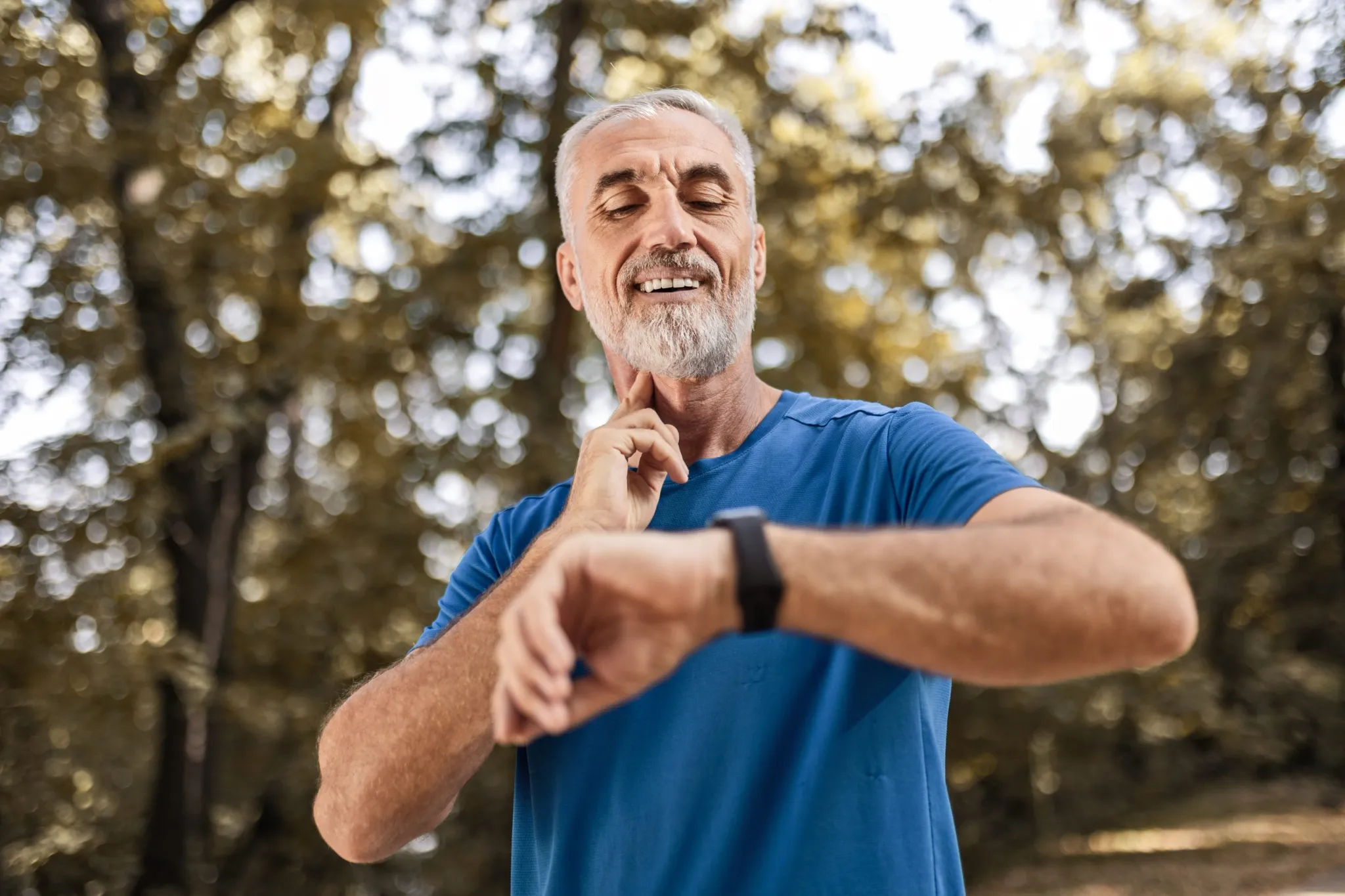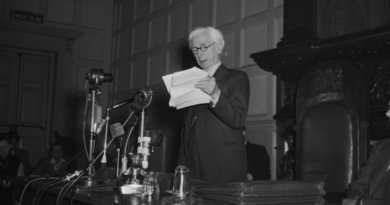Your resting heart rate can tell you a lot about your health. Here’s what your pulse should be at every age
You’re familiar with the feeling of your heart pounding in your chest, your blood pulsing through your veins with increasing frequency when you’re scared, stressed, or sweating it out at the gym. Perhaps you even monitor your heart rate in those moments in support of keeping your physical fitness high and your stress low. But how often do you take note of your resting heart rate?
As its name suggests, your resting heart rate, or pulse, is the number of times your heart beats per minute when you’re at rest. (Not to be confused with blood pressure, the force with which your blood circulates.) It’s also a vital sign that provides a window into your heart and overall health—especially as you age, according to the American Heart Association (AHA).
Resting heart rate isn’t a one-size-fits-all metric. In addition to age, factors including stress, hormones, anxiety, medication, and physical activity contribute to what may be considered a healthy rate for you. On average, though, the AHA says a resting heart rate of 60 to 100 beats per minute (bpm) is “normal” for most adults. Athletes or very active individuals may have a resting rate as low as 40 bpm; at the peak of his swimming career, Olympian Michael Phelps famously maintained 38 bpm at rest.
The harder your heart has to work to pump blood throughout your body while you’re not exerting yourself, the higher your resting heart rate. That’s why a lower resting heart rate is indicative of a healthier, more efficient muscle. Research has shown higher resting heart rate to be associated with higher body weight, higher blood pressure, and lower physical fitness, the AHA notes. Other studies have demonstrated a link between lower resting heart rate and longevity.
Resting heart rate is related to a person’s cardiovascular training, says Dr. Joseph Ebinger, director of the coronary intensive care unit at the Smidt Heart Institute at Cedars-Sinai Medical Center in Los Angeles.
“The more exercise and regular cardiovascular exertion that you have, the lower your resting heart rate will be,” Ebinger tells Fortune. “That’s a reflection of a healthy cardiovascular system, one where the heart is able to beat strongly with each individual beat and not have to beat more frequently to get blood out to the body that’s needed for the organs to do all of their jobs.”
How to check your pulse
Smartwatches and other fitness trackers are great for people seeking detailed, long-term data about their resting heart rate, but high-tech gadgets are hardly necessary, Ebinger says. All you need to check your pulse is a watch or timer and your own two fingers.
Your wrist, the inside of your elbow, the side of your neck, or the top of your foot are the best places to locate your pulse, according to the AHA. It’s also a good idea to check it in the morning, after a good night’s sleep but before you get out of bed. Here are the organization’s instructions for getting the most accurate reading on your wrist:
- Locate the artery on the inner wrist of either arm. Lightly place your index and middle fingers on the artery. You should feel each beat against your fingers.
- Count the number of beats in 60 seconds
“Folks can do 30 seconds and multiply it by two, 20 seconds multiplied by three,” Ebinger says. “You want that heart rate to be regular, kind of like a metronome. If you’re feeling that your heart rate is irregular in any nature, that would be [a] sign to go and see a doctor.”

The Good Brigade/Getty Images
What do I do if my resting heart rate is too high or low?
Think of your resting heart rate like the check engine light on your car dashboard; it can alert you to an underlying health issue of which you may otherwise be unaware. If you’re getting sick, for instance, the oncoming illness will likely be reflected in a higher pulse, Ebinger explains.
But when a sustained change in your resting heart rate can’t be attributed to something like an illness, a new medication, or an altered exercise regimen, let your health care provider know.
“I tell folks that if their resting heart rate is regularly above 100, that is something that you should seek medical care for,” Ebinger tells Fortune. “The other is if you have symptoms. So for example, individuals who say, ‘I feel my heart beating more strongly, I feel an irregular heart rhythm.’ Those are times to seek out help because it may not be a reflection of your resting heart rate, but an abnormal heart rhythm that should get evaluated.”
Having a pulse over 100 bpm is called tachycardia. The condition can be brought on by anything from dehydration or excessive caffeine intake, to smoking or anxiety. Fatigue, nausea, sweating, and lightheadedness are among the possible symptoms. The AHA recommends talking to your doctor if you have frequent episodes. Treatment depends on the type and severity of the condition; a mild case of what’s called supraventricular tachycardia may not require any treatment, while an extreme case of ventricular tachycardia may require surgery.
Bradycardia, on the other hand, occurs when your heart rate falls below 60 bpm. Conditions including obstructive sleep apnea and chemical imbalances in the blood can cause bradycardia. Older adults are more prone to this form of arrhythmia, but it’s also not abnormal for your heart rate to dip below 60 bpm when you’re in a deep sleep, the AHA says. For Ebinger, “low” is a relative term, and he advises patients to focus on their symptoms rather than beats per minute.
“There isn’t really a ‘too low.’ It’s all about your symptoms,” Ebinger says. “If your heart rate is low and you’re feeling dizzy, you feel like you can’t get up and exert yourself, you’ve passed out or feel like you’re going to pass out—those are symptoms that you have too low of a heart rate that needs to be raised.”
Bradycardia treatment ranges from no treatment to the insertion of a pacemaker, depending on the duration and severity of the condition.
Meditation can help lower resting heart rate
While amping up your cardiovascular exercise routine may seem an obvious path to the long-term lowering of your resting heart rate, meditation is a low-key way to achieve similar results, Ebinger says. Studies have shown the practice to be beneficial in not only lowering resting heart rate in times of stress but also preventing heart disease in the future.
“Your heart rate is intrinsically linked to this mind-heart connection and as we are stressed…you’re going to have your heart rate go up, and that’s normal,” Ebinger tells Fortune. “Ways to help lower that down and control stress are the same ways that we recommend individuals control stress for any other reason; meditation is actually super, super helpful.”
For more on heart health:
Subscribe to Well Adjusted, our newsletter full of simple strategies to work smarter and live better, from the Fortune Well team. Sign up for free today.




